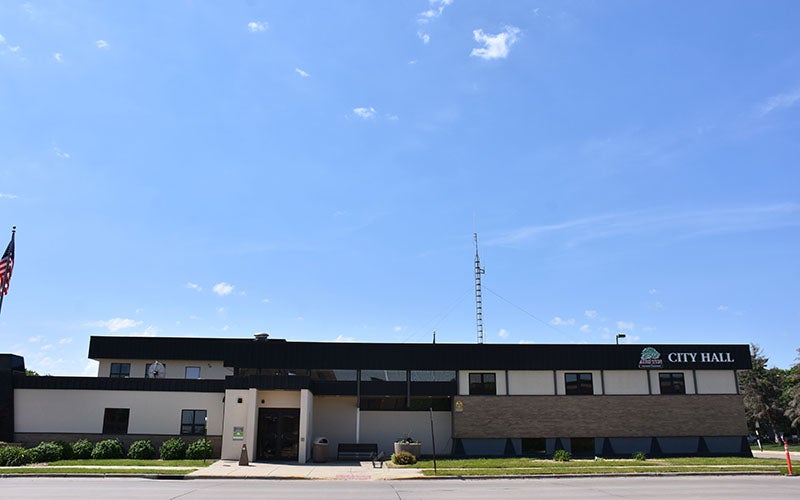County OKs new housing abatement; Commissioners want work on blighted properties too
Published 10:06 am Wednesday, July 27, 2016
The Mower County board is behind a city of Austin plan aimed at boosting residential construction, but some county commissioners think plans should also address improvements too.
The county board voted 3-2 Tuesday to approve a five-year tax abatement on new home and apartment projects, which property owners can apply for in Mower County starting Aug. 1 through 2019.
The county joins the city of Austin and Austin Public Schools in offering tax abatements to give residents and developers of new residential property a break in an effort to spur residential development. The plan means people building new homes and apartments over the next three years can apply to each entity to not pay property taxes for five years.
However, Commissioners Jerry Reinartz and Tony Bennett voted no, with Reinartz arguing the plan unfairly backs new construction and does nothing to help landlords address blighted properties.
“I don’t think it’s fair to just consider the new homes, especially if there’s no cap on the value of it,” Reinartz said.
Bennett argued this will be a tax shift and will increase the burden on other taxpayers during the abatement years.
“It’s a tax shift for people building expensive homes,” he said.
However, proponents argue the abatement sacrifices five years of taxes as an incentive to boost the long-term tax capacity as the average homes stays on the tax rolls at least 40 to 50 years.
Board Chair Polly Glynn, who voted yes, called the incentive another tool to help boost new construction.
“They’re no worse off than they are right now, but in five years they will increase that tax capacity,” she said.
The abatement is an incentive brought forward by a city of Austin housing committee tasked with seeking ways to address a shortage of workforce housing in Austin. After getting City Council support, the committee sought similar agreements from the school district and county.
In four years, Austin will need another 300 rental units and 118 single family or townhouse units, according to City Administrator Craig Clark. But 2015 only saw six new homes built in Austin with an average of 10 new homes each year over the last six years.
Similar tax abatements have shown promise in other communities. Mower County based its abatement on one from Nobles County, which includes Worthington. It approved an abatement a few years ago and has reported 50 new homes built in recent years, according to Mower County Coordinator Craig Oscarson.
“It not only brings in people who live in their community, shop in their community, hopefully, but pay property taxes in their community and long term, it increases your tax base,” he said. “Short term, of course not.”
Clark admits it can be hard to tell whether new construction will be spurred by the abatement or just improvements in the economy and other factors. But he added the abatement by the city of Austin, Mower County and Austin Public Schools is a sort of pilot project, so the three entities can evaluate the plan after the three-year period to gauge how it worked.
“We can reevaluate and see if it was productive and ask some of those questions and reevaluate,” Clark said. “But right now, we need more housing. If you want to get more, incentivize it.”
Clark said the city could discuss ways to spur improvements to dilapidated housing too, but it’s more difficult to equate such improvements into new tax capacity.
Commissioners Mike Ankeny, Tim Gabrielson and Glynn agreed there could be opportunities to look at blighted properties in the future, but they called that another discussion that will require more research.
“This is basically to get this portion of this started,” Gabrielson said. “But it’s going to be a work in progress, because if there’s more ways we can tweak this to adapt to the needs of our people, that’s for everybody, but at least this gets us started.”
The plan could reach other Mower cities too. Glynn and other commissioners reached out to small town and township leaders to tell them about the abatement, adding small towns and townships could follow suit. She reported leaders in those towns were receptive to the idea and would consider similar abatements if projects came forward, though it would likely be on an application by application basis.
The Mower County board capped the annual amount of taxes abated at 5 percent of net tax capacity. The home builder/owner would still pay street assessments and solid waste service (recycling) charges.




